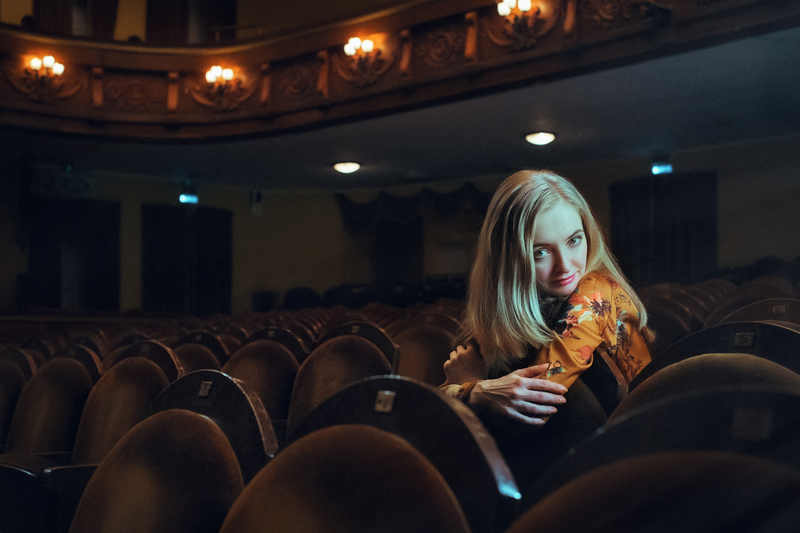Marlowe Film Review

I don't agree with critics who label Raymond Chandler a misogynist. If that assessment was based solely on the film adaptations of Chandler's novels however, it would be understandable. The reduction of women to bit players and stereotypes is particularly acute in Stirling Silliphant's script for "Marlowe" (1969). Nearly all the alterations Silliphant performs on Chandler's original material is to the detriment of the female characters.
The title sequence of "Marlowe" is a perfect illustration. The scenario of "The Little Sister" revolves around a picture taken of a film star and a gangster dining together. The photo is evidence that the hoodlum was not incarcerated on a certain day when a mob-related murder occurred. Silliphant removes the homicide from the storyline and changes the locale of the photo to a swimming pool. A montage of the actress in a bikini, the top of which is quickly removed by her paramour, opens the film. This excuse to show some female flesh simplifies the plot to near inanity.
Granted, "The Little Sister" is a complicated maze of a story. Philip Marlowe, private eye, offers multiple resolutions to the mystery and four of the characters are using false identities. Streamlining the narrative for a film version is practically mandatory, but changing the profession of character Dolores Gonzales from B-movie actress to stripper? That revision leads to a preposterous denouement in which Rita Moreno, as Gonzales, strips onstage while Marlowe converses with her from the wings.
James Garner, as Marlowe, comes close to making this nonsense work. In his memoir, Garner says he was pleased to get the role and more than satisfied with Paul Bogart's direction. Garner has roughly the same physical characteristics as the fictional Marlowe and conveys the required insouciance. The problem with "Marlowe" is that the substance of Chandler's novel is ignored. "Marlowe" also fails to evoke the neon-lit corruption of Los Angeles, one of Chandler's obsessive themes, by its use of contrived sets. Only in the brief scenes filmed on location at the Bradbury Building and Union Station does the film come alive.
The limited dialogue assigned to the actresses is, unfortunately, typical for studio films produced in the 1960s. It is telling that the title of "The Little Sister" was changed to "Marlowe", since her role is reduced significantly in the movie. In the book, Marlowe describes a woman with these words, "Leila is a sort of free-and-easy Hollywood babe that doesn't have very good morals. But when it comes to bedrock guts--she has what it takes." It is unfortunate that "Marlowe" does not offer its female characters the depth Raymond Chandler was able to capture in two sentences of prose.
"Marlowe" is rated PG. It is streaming on Amazon and available on DVD. I watched "Marlowe" at my own expense. Review posted on 3/15/2020.
The title sequence of "Marlowe" is a perfect illustration. The scenario of "The Little Sister" revolves around a picture taken of a film star and a gangster dining together. The photo is evidence that the hoodlum was not incarcerated on a certain day when a mob-related murder occurred. Silliphant removes the homicide from the storyline and changes the locale of the photo to a swimming pool. A montage of the actress in a bikini, the top of which is quickly removed by her paramour, opens the film. This excuse to show some female flesh simplifies the plot to near inanity.
Granted, "The Little Sister" is a complicated maze of a story. Philip Marlowe, private eye, offers multiple resolutions to the mystery and four of the characters are using false identities. Streamlining the narrative for a film version is practically mandatory, but changing the profession of character Dolores Gonzales from B-movie actress to stripper? That revision leads to a preposterous denouement in which Rita Moreno, as Gonzales, strips onstage while Marlowe converses with her from the wings.
James Garner, as Marlowe, comes close to making this nonsense work. In his memoir, Garner says he was pleased to get the role and more than satisfied with Paul Bogart's direction. Garner has roughly the same physical characteristics as the fictional Marlowe and conveys the required insouciance. The problem with "Marlowe" is that the substance of Chandler's novel is ignored. "Marlowe" also fails to evoke the neon-lit corruption of Los Angeles, one of Chandler's obsessive themes, by its use of contrived sets. Only in the brief scenes filmed on location at the Bradbury Building and Union Station does the film come alive.
The limited dialogue assigned to the actresses is, unfortunately, typical for studio films produced in the 1960s. It is telling that the title of "The Little Sister" was changed to "Marlowe", since her role is reduced significantly in the movie. In the book, Marlowe describes a woman with these words, "Leila is a sort of free-and-easy Hollywood babe that doesn't have very good morals. But when it comes to bedrock guts--she has what it takes." It is unfortunate that "Marlowe" does not offer its female characters the depth Raymond Chandler was able to capture in two sentences of prose.
"Marlowe" is rated PG. It is streaming on Amazon and available on DVD. I watched "Marlowe" at my own expense. Review posted on 3/15/2020.
You Should Also Read:
Raymond Chandler on Hollywood

Related Articles
Editor's Picks Articles
Top Ten Articles
Previous Features
Site Map
Content copyright © 2023 by Angela K. Peterson. All rights reserved.
This content was written by Angela K. Peterson. If you wish to use this content in any manner, you need written permission. Contact Angela K. Peterson for details.


